1. Import:
Play the short video "The Spirit of the Sword" (duration 2 minutes and 57 seconds) to show Li Yunlong's discussion of what the spirit of the Sword is:
"When ancient swordsmen met their opponents, no matter how powerful the opponent was, even if the opponent (Fang) was the best swordsman in the world, they would still show their swords even if they knew they were outmatched. Even if they fell under the opponent's sword, Even in defeat, it is still glorious, this is the spirit of the sword."
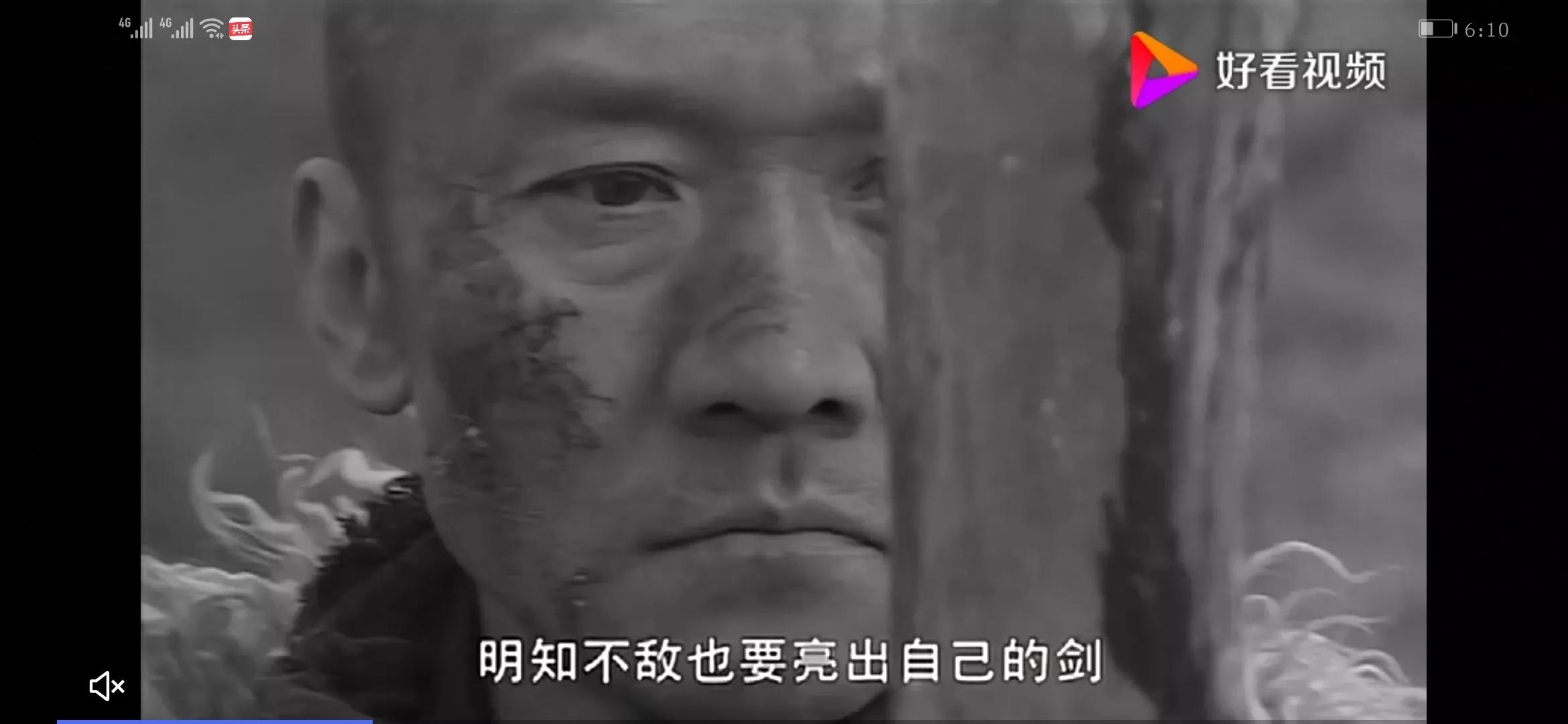
Teacher: When a swordsman and a master fight against us, even if he knows that he is going to die, he still has to draw his sword. There is no shame in falling under the opponent's sword. It would be shameful if he didn't dare to draw his sword. Therefore, the spirit of bright sword means that when you encounter insurmountable difficulties, you must face them bravely. Failure is not terrible. The most terrible thing is that you don’t even have the courage to face it.
Today we are going to study a world-famous work - "The Old Man and the Sea" by Hemingway, and see the similarities between the protagonist Santiago's "tough guy" character and Li Yunlong's "bright sword" spirit.
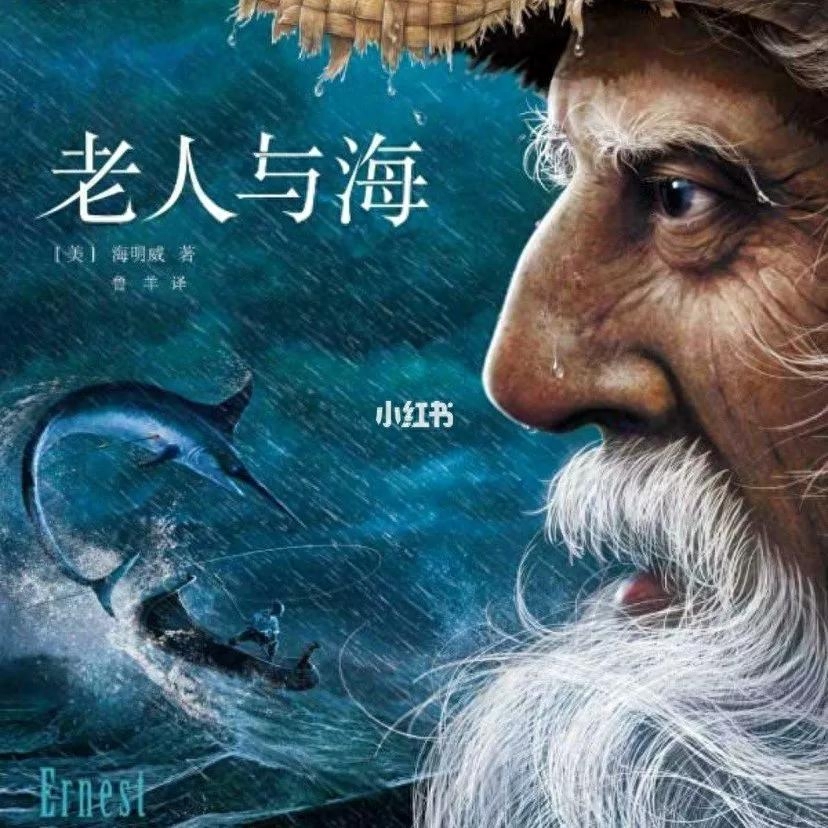
2. Problem solving:
Teacher: Please read the textbook notes ① aloud to understand the complete plot of "The Old Man and the Sea":
An old Cuban fisherman named Santiago didn't catch a fish for 84 consecutive days. Later, he went on a long voyage alone. After three days and two nights of fighting at sea, he finally caught a big marlin weighing more than 1,500 pounds. However, on the way back, sharks surrounded them one after another. Although the old man fought hard, he still could not resist the attack of the ferocious sharks. When he returned to the coast, only a huge skeleton of the big marlin was left. .
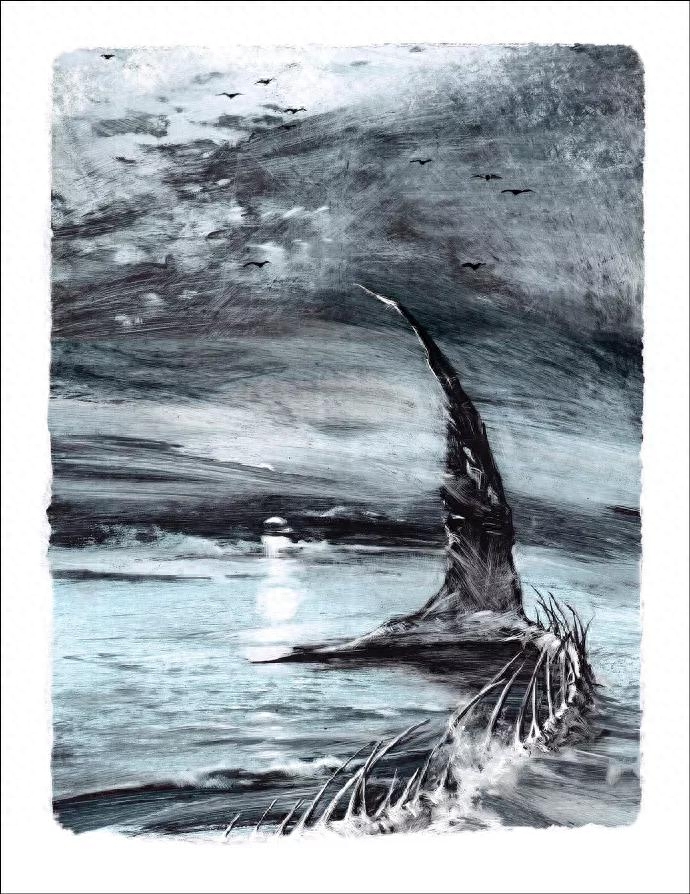
3. First reading text:
Teacher; please play the voice and read the text aloud. After reading, complete the two questions presented on the slide:
1. Organize the key words that appear in the text.
2. According to the table presented in the slide, clarify the plot of this article.
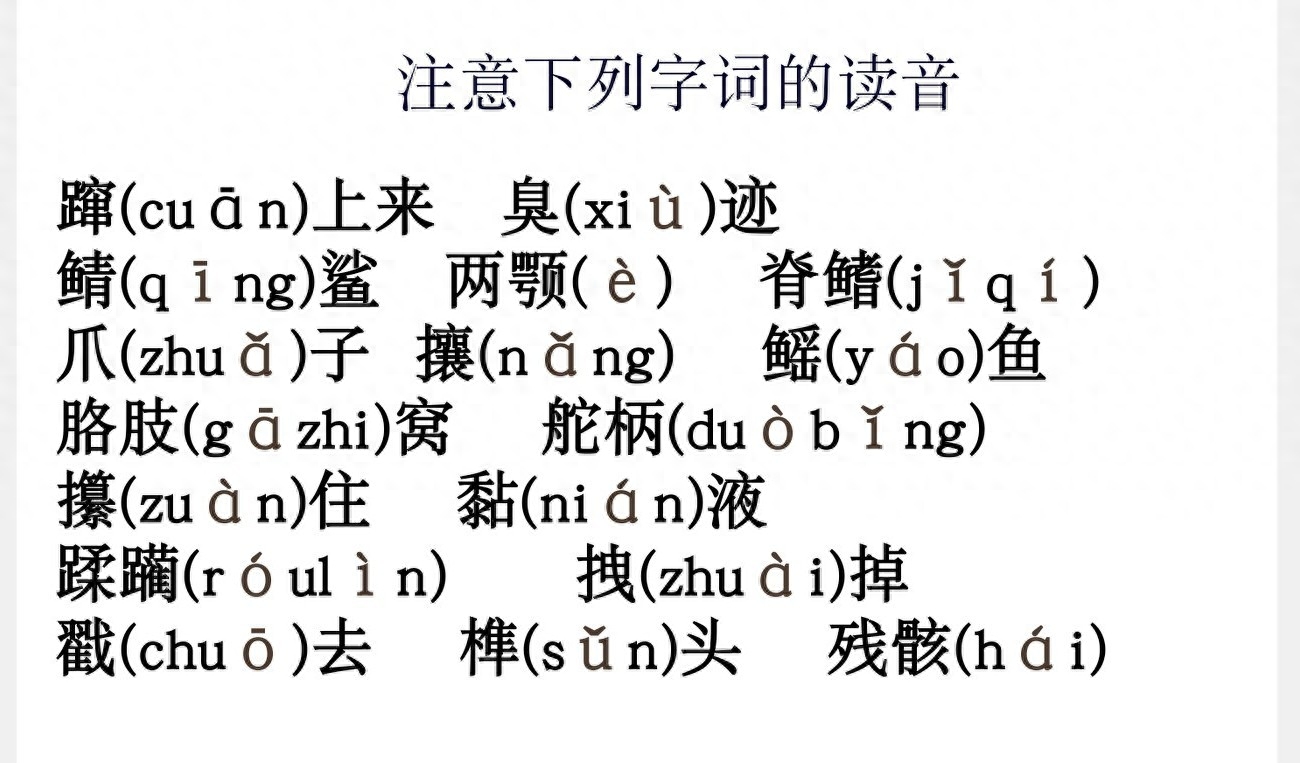
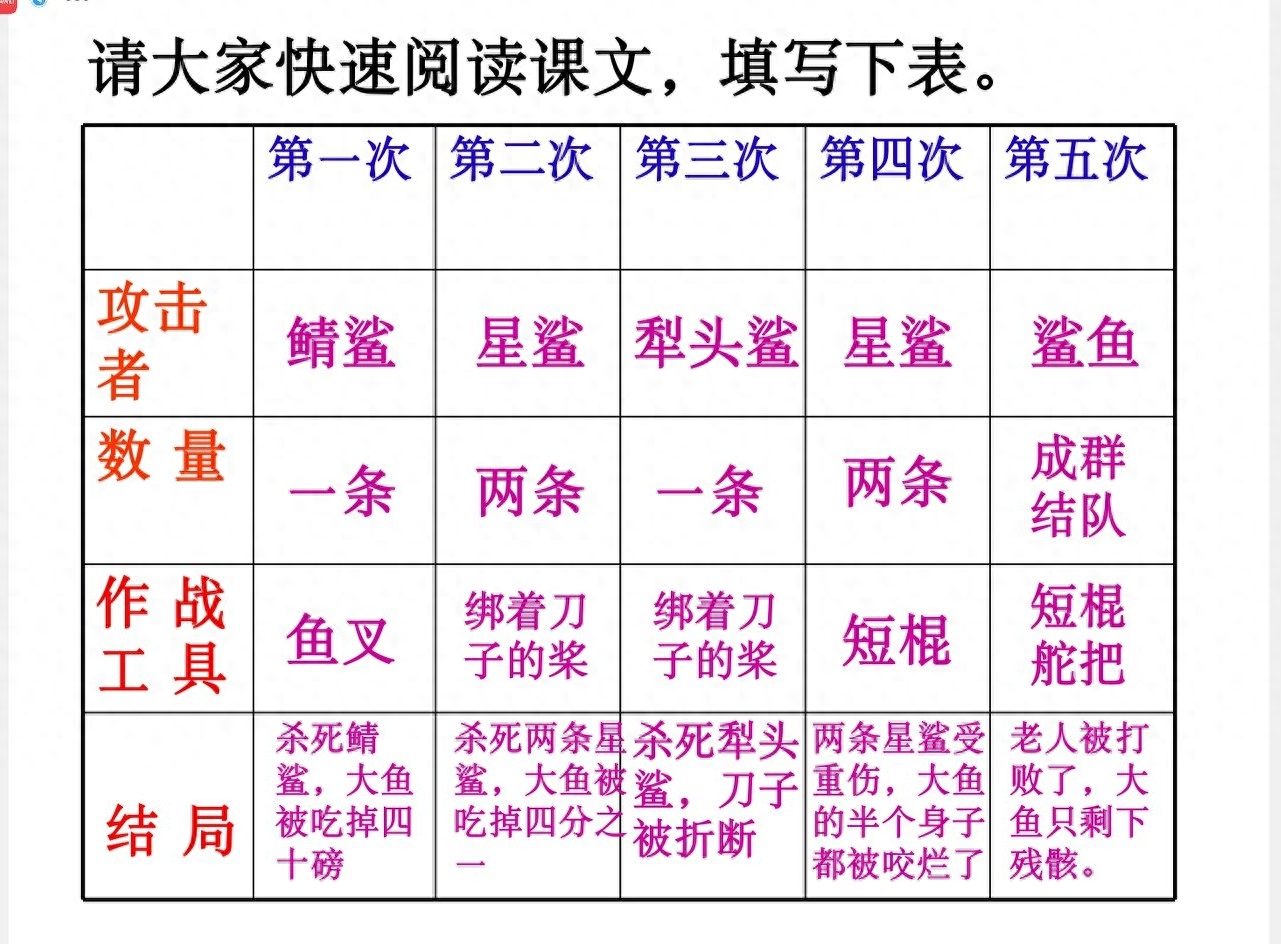
4. Text content analysis:
Teacher: We have just sorted out the plot of this article, so please summarize the characteristics of Santiago’s image from his experience.
After students communicate independently, the teacher summarizes and writes on the blackboard:
Santiago’s image characteristics:
External: loneliness, bad luck, poverty, old age, infirmity, endurance Hungry.
Inner: Optimism, confidence, tenacity, perseverance, wit and courage, never Accept defeat.
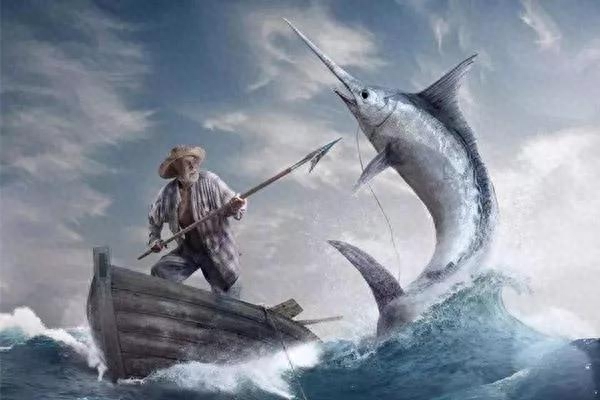
Teacher: From what aspects did the author portray this character?
clear:
Action description: For example, paragraph 37, the action of fighting a shark.
Psychological description (inner monologue): "Think of something happy, old man Guy."
Language description: "But a person is not born to be defeated, you I can try to eliminate him, but I can’t defeat him.” - These two sentences are Santiago’s inner monologue and the core spirit of the novel. They vividly reveal Santiago’s inner world and pursuit of life. , is also a reflection of the author Hemingway's ideas and values.
Side description: As in paragraph 83, the old man is set off by the hugeness of the shark courage.
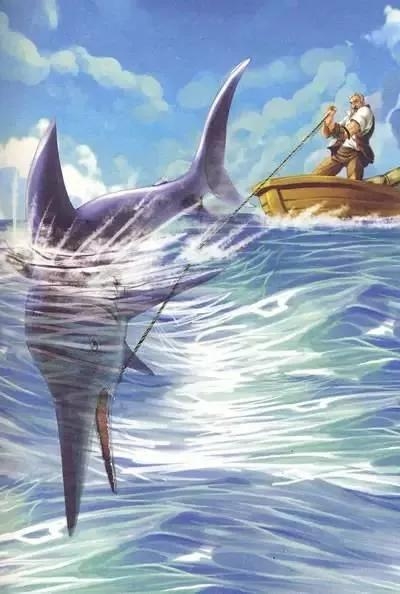
Teacher: Have you noticed that there is such a psychological monologue in paragraph 11 of the text:
"He thought: It would be great to be able to hold on. If only this was a dream, I wish I didn't catch this fish and lie alone on the newspaper in the bed."
From this monologue, we will find that the old man's character seems to be quite contradictory. If there is any withdrawal or negative performance, please look for it in the text. Are there any similar paragraphs? How to understand his contradictory psychology? How did he resolve this regret and withdrawal in the end?
Student: In the end, the old man solved all the problems by himself.
For example, after thinking in the 11th paragraph, "It would be great if I can hold on. It would be great if this was a dream. I hope I didn't catch this fish and lie alone on the newspaper on the bed." In the 13th paragraph, the old man continued Said: "Don't think about it, old guy" "It's better to sail the ship towards this route and take responsibility if anything happens."
In this way, the old man defeated himself, his temporary retreat was gone, and he faced reality bravely.
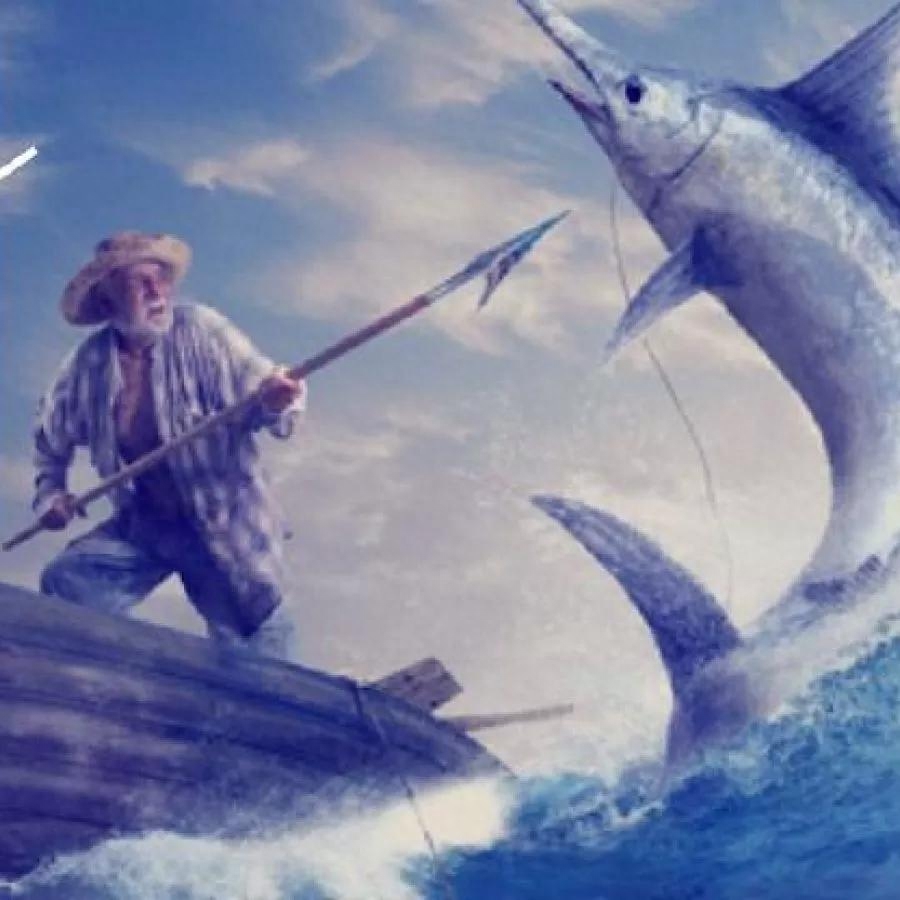
After the students spoke, the teacher added:
We all have moments when we struggle with positivity and negativity. So we can say that the old man’s biggest enemy in the sea is not the shark but himself. The biggest enemy in our lives is also Own.
This is a problem that each of us may face, or everyone may have similar hesitation and hesitation when encountering difficulties. Just like some of our students who now feel that studying science is more difficult, they are thinking that it would have been better if they had chosen liberal arts. But in the end, I didn’t back down from studying liberal arts.
This makes readers feel that the image of Santiago is like the people around us, like each of us. It makes this character image authentic and appealing.
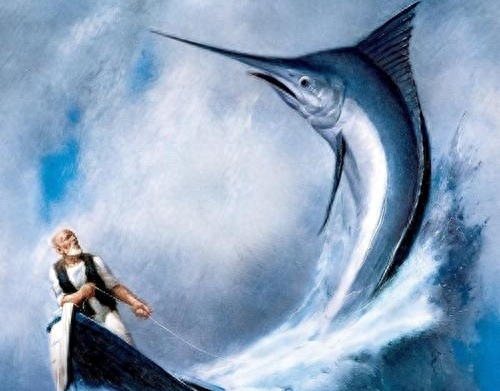
Teacher: The old man’s optimism and indomitable spirit are undoubtedly worthy of recognition, but does it make sense to be so indomitable in the face of doomed failure? From the appearance of the first shark, the old man realized that the hope of saving the marlin was very slim. Later, the old man was exhausted and almost died, but the big marlin was eaten until only a skeleton was left. Is it worth it for the old man to do this? In this battle with sharks, is he a winner or a loser?
(Students discuss for three minutes and speak independently)
The teacher summarizes:
The old man is a victorious loser and a failed hero. Hemingway used the words of Santiago in "The Old Man and the Sea" to shout out a manly declaration: Man is not born to be defeated, you can destroy him, but Just can't beat him.
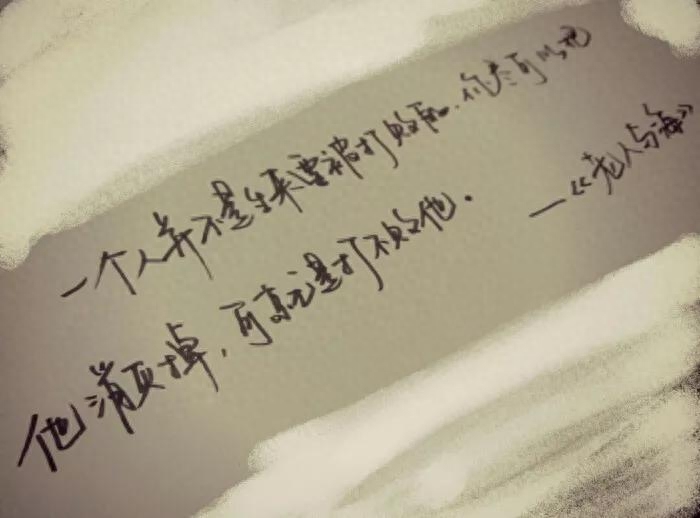
Taiwanese writer Li Pai once said: I am thinking that when a man lacks something in his bones, he will naturally think of Hemingway.
What does "what" here refer to? That is: dignity, courage...
In the TV series "Bright Sword", Li Yunlong said:
"Knowing that you are going to die, but you still have to draw the sword out of its sheath. This is called using the sword. If you don't have the courage, don't be a swordsman. Falling under the opponent's sword is not a shame. It's called defeat. If you don't dare to use the sword, you won't be a swordsman in the future. We are messing around in the arena. We in the independent group should not be cowards. If the Japanese come to a small group, we will show our swords, and if a large group comes to us, we will also show our swords."
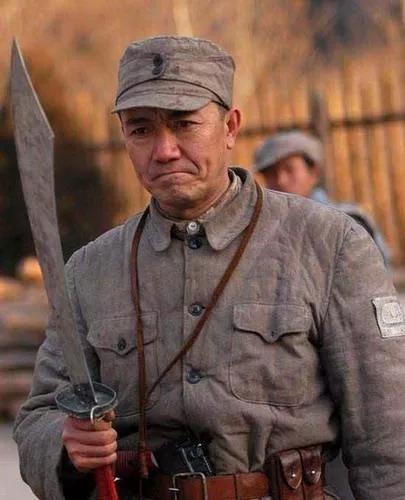
When "The Old Man and the Sea" won the 1954 Nobel Prize for Literature, the award committee commented:Courage is Hemingway's central theme.
Hemingway created the image of a "tough guy" with unique characteristics in most of his works, and in real life, Hemingway was an out-and-out "tough guy".
(Introducing an introduction to Hemingway’s life)
Ernest Miller Hemingway (1899-1961), American novelist. He was born in 1899 in a rural doctor's family near Chicago, the second oldest child. He participated in World War I, later served as a correspondent in Europe, and participated in World War II and the Spanish Civil War as a reporter.
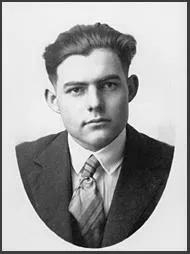
When World War I broke out, Hemingway signed up to enlist in the army, but was not accepted because of his eye disease. After Hemingway graduated from high school with honors, he became a trainee reporter.
War has always fascinated Hemingway. In May 1918, he was awarded the rank of lieutenant and served as an ambulance driver on the Italian front. During the war, he was injured while rescuing the wounded. He underwent 12 surgeries and removed 237 pieces of shrapnel.
During World War II, Hemingway was active in Europe and Asia as a reporter. In 1941, Hemingway came to China for interviews, met Zhou Enlai secretly in Chongqing, and wrote six reports on China's Anti-Japanese War. After Pearl Harbor, he even patrolled the seas in his own motorboat to monitor enemy submarines. He also led a guerrilla force in the battle to liberate Paris. After the war, Hemingway settled in Cuba. After Castro came to power, he left Cuba and returned to the United States to settle.
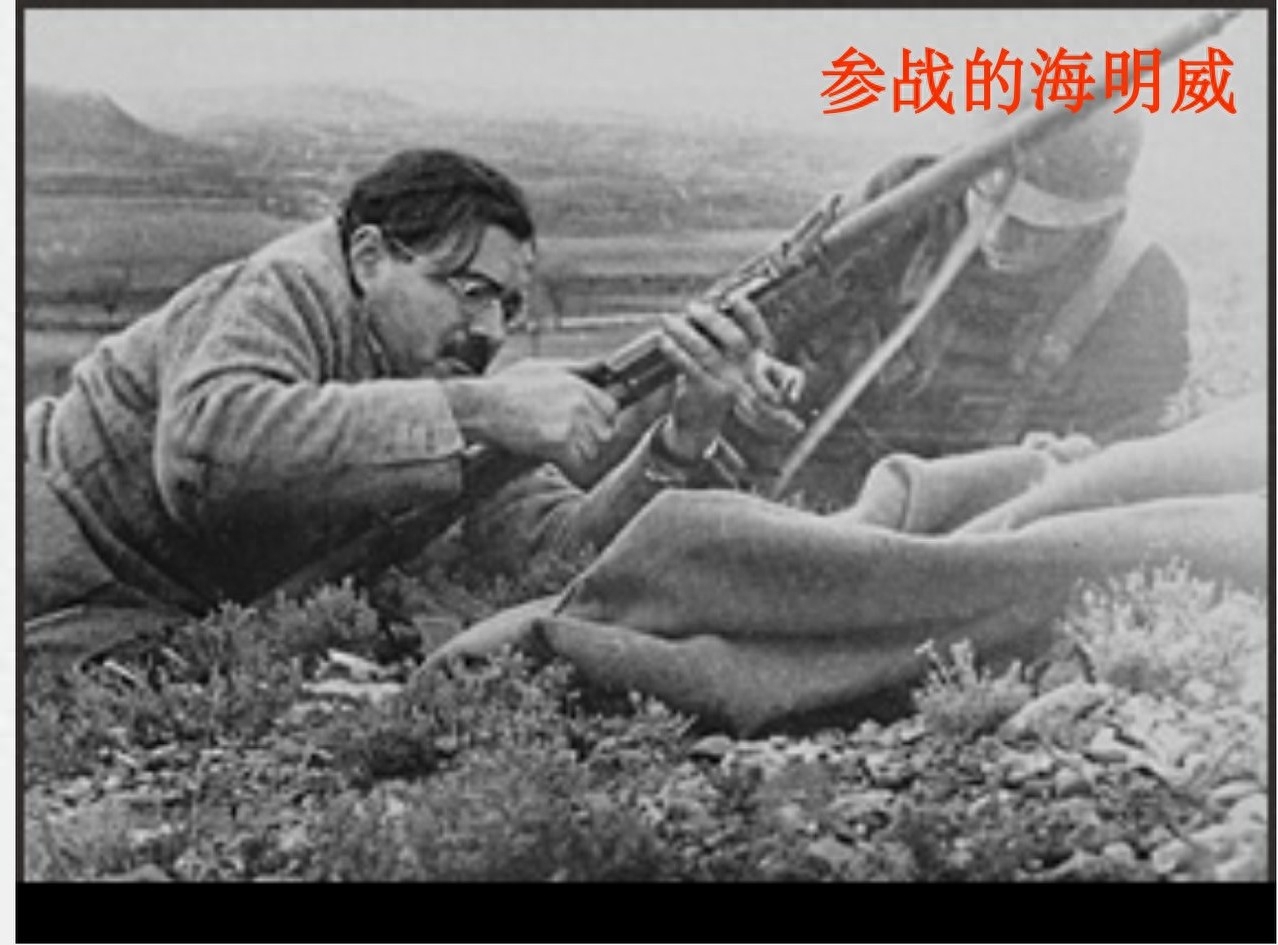
Hemingway was also a keen fan of Spanish bullfighting. In addition to the novella "The Old Man and the Sea", his major works include the novels "The Sun Also Rises", "Death in the Afternoon", "Farewell to Arms" and "For Whom the Bell Tolls" (also known as "The Bell Tolls"). ")wait. Among them, "The Sun Also Rises" and "Death in the Afternoon" are based on the Spanish Bullfighting Festival.
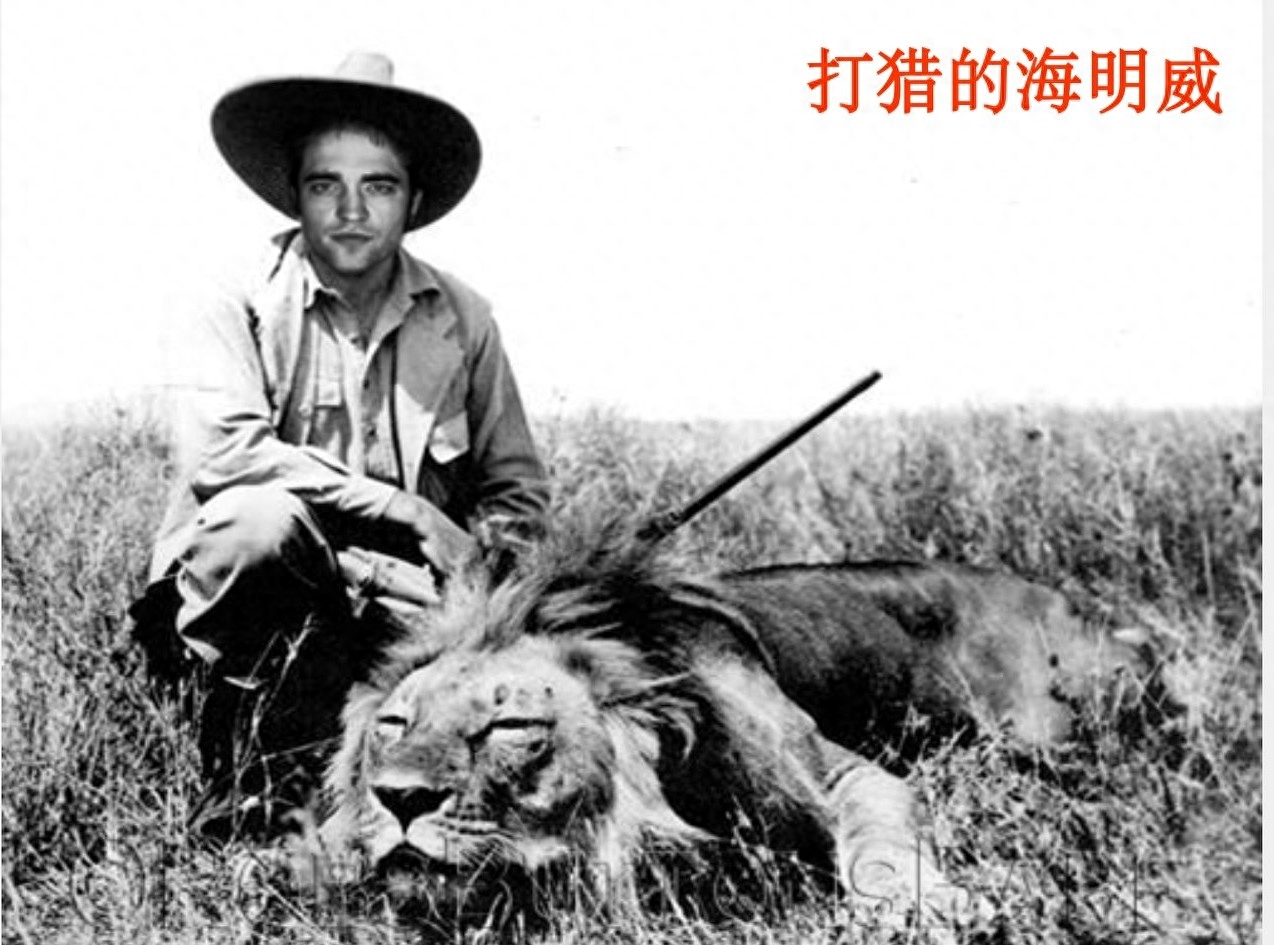
5. Summary:
People can fail, but they cannot be defeated. The outer body can be tortured, but the inner will is sacrosanct. This is the argument repeatedly emphasized in "The Old Man and the Sea". Real masters use the simplest language to express the most profound truths. Really good works use life experience as their themes. What is portrayed in "The Old Man and the Sea" is the best portrait of Hemingway's life. Just like Hemingway said, "I have read it more than 200 times. Every time I read it, I gain something more, as if I finally got what I worked hard for in this life." (Taiwan scholar Chen Renxiao)
Six: Homework:
1. Appreciate the image of tough guys in film and television works: Xu Sanduo in "Soldier Assault".
2. Appreciation of beautiful articles: "Life Should Be Like Iron".
3. Imitate the award speech of a touching Chinese figure and write an award speech for Santiago, about 100 words.
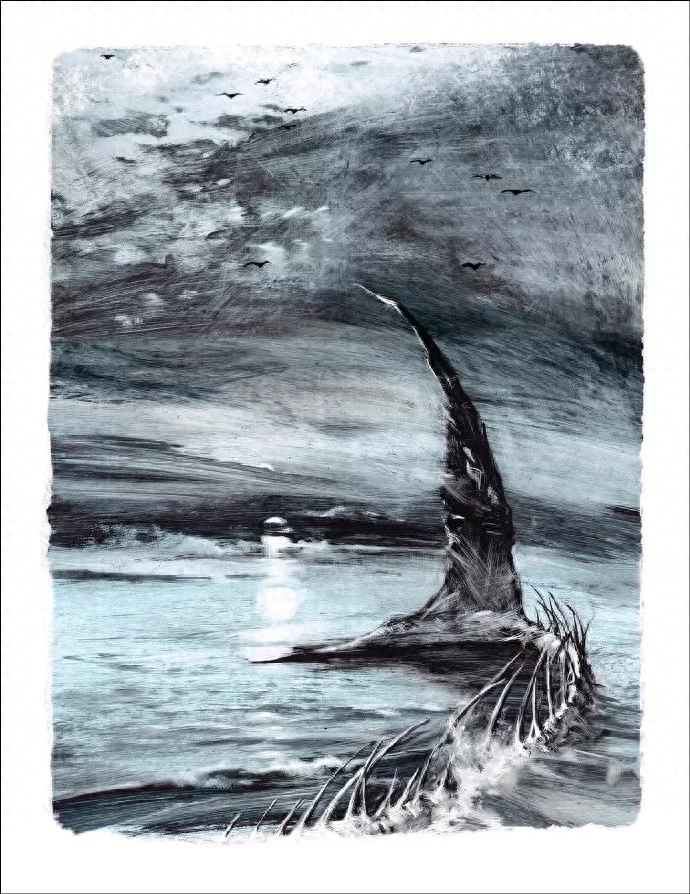
Attachment: Some wonderful sentences in "The Old Man and the Sea":
1. Every day is a new day. Of course it's good to be lucky. But I would rather do it exactly. That way, when luck comes, you'll be prepared.
2. But then again, nothing is easy.
3. A person is not born to be defeated. You can destroy him, but you can't defeat him.
4. Now is not the time to think about what is missing, it is time to think about what you can do with what you have.
5. It is foolish not to have hope.
Articles are uploaded by users and are for non-commercial browsing only. Posted by: Lomu, please indicate the source: https://www.daogebangong.com/en/articles/detail/lao-ren-yu-hai-jiao-xue-she-ji-shi-ji-sai-ke-yi-deng-jiang.html

 支付宝扫一扫
支付宝扫一扫 
评论列表(196条)
测试